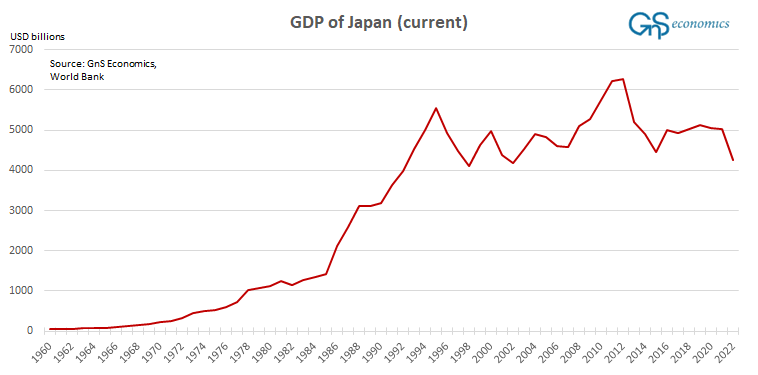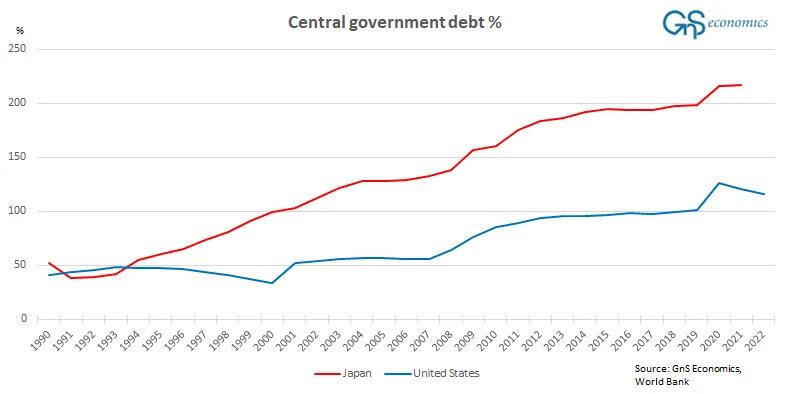This is one point on which I am optimistic: Censorship will fail for the simple reason that eventually a censored society becomes less efficient and therefore less competitive. (This said, it is very difficult to predict what AI could do to censorship since the hallmark of an advanced AI will be its ability to outsmart us. But by then it will also outsmart the people doing the manipulation...)
Authored by Jeffrey A. Tucker via the Brownstone Institute,
It’s not been a good week for the Censorship Industrial Complex.
The machine has been built and put into action over nearly a decade but largely in secret. Its way of doing business has been via surreptitious contacts with media and tech companies, intelligence carve-outs in “fact-checking” organizations, payoffs, and various other clever strategies, all directed toward boosting some sources of information and suppressing others. The goal has always been to advance regime narratives and curate the public mind.
And yet, based on its operations and insofar as we can tell, it had every intention of remaining secret. This is for a reason. A systematic effort by government to bully private sector companies into a particular narrative while suppressing dissent contradicts American law and tradition. It also violates human rights as understood since the Enlightenment. It was a consensus, until very recently, that free speech was essential to the functioning of the good society.
Four years ago, many of us suspected censorship was going on, that the throttling and banning was not merely a mistake or the result of zealous employees stepping out of line. Three years ago, the proof started to arrive. Two years ago, it became a flood. With the Twitter files from a year ago, we had all the proof we needed that the censorship was systematic, directed, and highly effective. But even then, we only knew a fraction of it.
Thanks to discovery from court cases, FOIA requests, whistleblowers, Congressional inquiries thanks to the very narrow Republican control, and some industrial upheavals such as what happened at Twitter, we are overwhelmed with tens of thousands of pages all pointing to the same reality.
The censors developed a belief at the highest levels of control in government that it was their job to govern what information the American people would and would not see, regardless of the truth. The actions became truly tribal: our side favors banning gatherings, closing schools, says the Hunter Biden laptop is a fake, favors masking, mass vaccination, and mail-in voting, and denies the import of voter fraud and vaccine injury, whereas their side takes the opposite approach.
It was a war over information, undertaken in total disregard for the First Amendment, as if it doesn’t even exist. Moreover, the operation was not only political. It clearly involved intelligence agencies that were already hip deep in the “all-of-society” pandemic response.
“All of Society” means all, including the information you receive and are allowed to distribute.
A vast swath of unelected bureaucrats took it upon themselves to manage all knowledge flows in the age of the Internet, with the ambition to turn the main source of news and sharing into a giant American version of Pravda. All of this occurred right under our noses – and is still going on today.
Indeed, censorship is a full-on industry now, with hundreds and thousands of cut-outs, universities, media companies, government agencies, and even young people in school studying to be disinformation specialists, and bragging about it on social media. We are just one step away from a New York Times article – as follow-ups to their recent praise of the Deep State and also government surveillance – with a headline like “The Good Society Needs Censors.”
Incredibly, the censorship is so pervasive now that it is not even reported. All these revelations should have been front page news. But so captured is the news media today that there are very few outlets that even bother to report the fullness of the problem.
Not receiving nearly enough attention is the new report from the Committee on the Judiciary and the Select Subcommittee on the Weaponization of the Federal Government of the US House of Representatives.
Running nearly 1,000 pages including documentation (however many pages are purposely blank), we have here an overwhelming amount of evidence of a systematic, aggressive, and deeply entrenched effort on the part of the federal government, including the Biden White House and many agencies including the World Health Organization, to tear out the guts of the Internet and social media culture and replace them with propaganda.
Among the well-documented facts are that the White House directly intervened in Amazon’s own marketing methods to deprecate books that raised doubts about the Covid vaccine and all vaccines. Amazon responded reluctantly but did what it could to satisfy the censors. All these companies – Google, YouTube, Facebook, Amazon – became acquiescent to Biden administration priorities, even to the point of running algorithmic changes by the White House before implementation.
When YouTube announced that it would take down any content that contradicted the World Health Organization, it was because the White House instructed them to do so.
As for Amazon, which is like every publisher in wanting full freedom to distribute, they faced intense pressure from government.
These are just a few of thousands of pieces of evidence of routine interference from government against social media companies, either directly or through various government-funded cut-outs, all designed to enforce a certain way of thinking on the American public.
What’s amazing is that this industry was allowed to metastasize to such an extent over 4-8 years or so, with no legal oversight and very little knowledge on the part of the public. It’s as if there is no such thing as the First Amendment. It’s a dead letter. Even now, the Supreme Court seems confused, based on our reading of the oral arguments over this whole case (Murthy v. Missouri).
One gets the sense when reading through all this correspondence that the companies were more than a bit rattled by the pressure. They must have wondered a few things: 1) is this normal? 2) do we really have to go along? 3) what happens to us if we just say no?
Probably every corner grocery store in any neighborhood run by a crime syndicate in history has asked these questions. The best answer is to do what you can in order to make them go away. This is precisely what they did time after time. After a while, the protocol probably begins to feel normal and no one asks anymore the basic questions: is this right? Is this freedom? Is this legal? Is this just the way things go in the US?
No matter how many high officials were involved, how many in the C-suites of big companies participated, however many editors and technicians of the best credentials played along, there can be no question that what took place was an absolute violation of speech rights that very likely exceeds anything we’ve seen in US history.
Keep in mind that we only know what we know, and that is severely truncated by the force of the machinery. We can safely assume that the truth actually is far worse than we know. And further consider that this censorship is keeping us from knowing the full story about the suppression of dissidents, whether medical, scientific, political, or otherwise.
There might be millions in many professions who are suffering right now, in silence. Or think of the vaccine-injured or those who have lost loved ones who were forced to get the shot. There are no headlines. There are no investigations. There is almost no public attention at all. Most of the venues that we once thought would police such outrages have been compromised.
To top it off, the censors are still not backing down. If you sense a lessening of the grip for now, there is every reason to believe it is temporary. This industry wants the entire Internet as we once conceived of it completely shut down. That’s the goal.
At this point, the best means of defeating this plan is widespread public outrage. That is made more difficult because the censorship itself is being censored.
This is why this report from the US House of Representatives needs to be widely shared so long as doing so is possible. It could be that such reports in the future will themselves be censored. It could also be the last such report you will ever see before the curtain falls on freedom completely.
Jeffrey Tucker is Founder, Author, and President at Brownstone Institute. He is also Senior Economics Columnist for Epoch Times, author of 10 books, including Life After Lockdown, and many thousands of articles in the scholarly and popular press. He speaks widely on topics of economics, technology, social philosophy, and culture.












